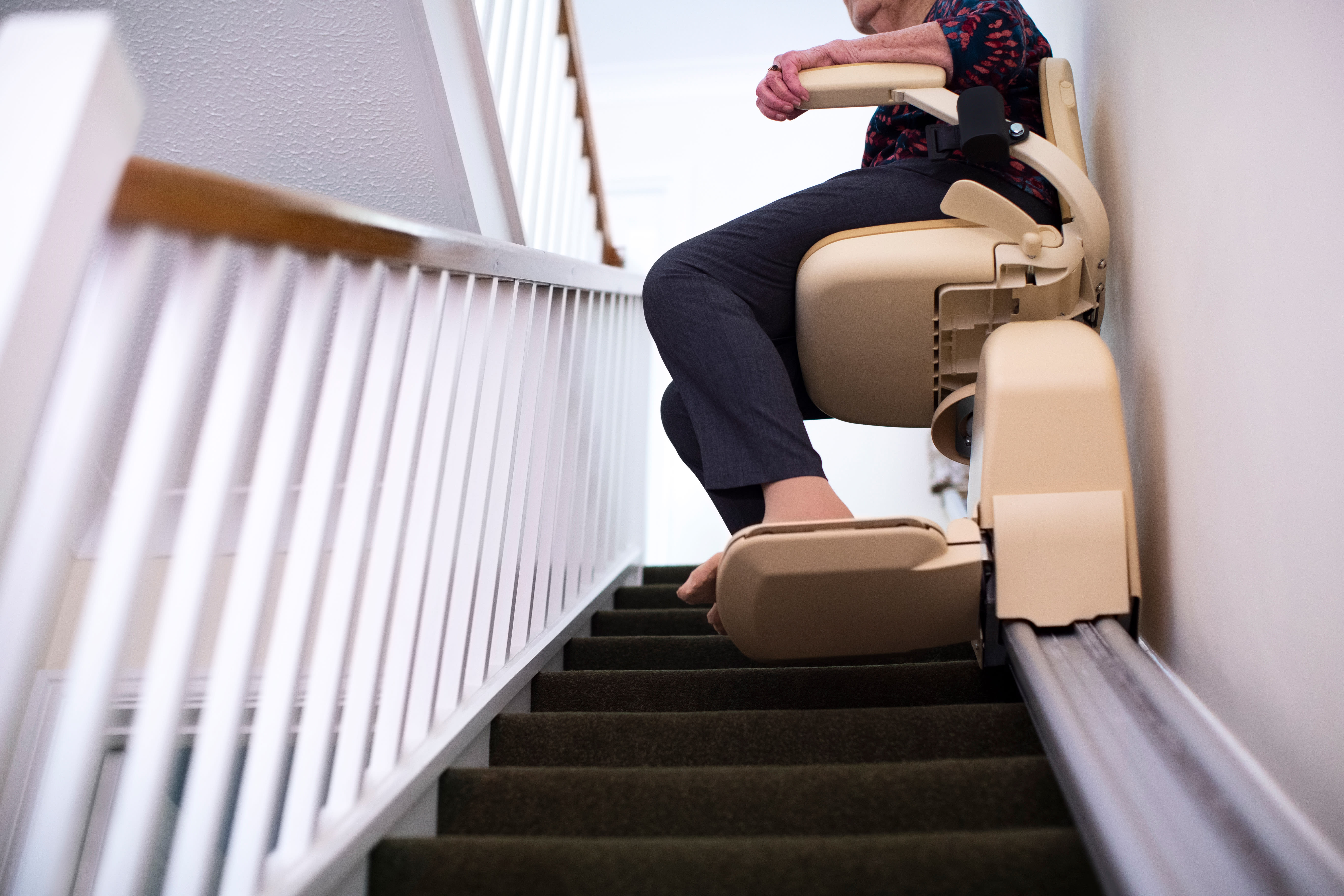Comprehensive Guide to Lift Repair Companies Near Me for Reliable Lift Maintenance
Comprehensive Guide to Lift Repair Companies Near Me for Reliable Lift Maintenance
Blog Article
Comprehensive Overview to Lift Equipments and Their Upkeep
Navigating the detailed world of elevator systems and their upkeep is a job that demands accuracy and understanding. From the numerous types of elevator systems in use to the thorough adherence to safety regulations, the upkeep of these vertical transportation tools is a diverse endeavor.
Sorts Of Lift Equipments
The most common kinds consist of hydraulic elevators, grip elevators, machine-room-less elevators, and vacuum lifts. Hydraulic lifts are excellent for low-rise buildings and make use of a hydraulic piston to relocate the lift automobile. Machine-room-less elevators are a space-saving alternative as they do not need a separate device room for the elevator machinery.
Each kind of elevator system has its own benefits and negative aspects, making it vital for structure proprietors and designers to meticulously consider their certain needs before selecting one of the most suitable option. Factors such as developing elevation, space accessibility, energy efficiency, and budget restrictions all play a considerable role in establishing the most effective elevator system for a specific structure.
Common Upkeep Issues
Routine maintenance of lift systems is vital to make certain smooth procedure and prolong their life-span. Regardless of routine upkeep, lift systems can still encounter typical upkeep problems that require to be quickly dealt with to stop interruptions in service. Among one of the most constant problems is door breakdowns. Lift doors may get misaligned, causing concerns with opening and closing effectively. This can create hold-ups and safety threats, requiring instant focus from maintenance technicians. One more typical issue is connected to the lift's leveling accuracy. Guests may experience tripping hazards and pain if the elevator does not align appropriately with the floorings. Furthermore, concerns with the control system, such as sensor issues or electrical concerns, can trigger the elevator to malfunction or quit working altogether. Normal assessments and aggressive upkeep can aid determine and settle these usual upkeep concerns prior to they escalate and impact the overall performance of the lift system.
Safety Rules and Conformity
Sticking to rigorous safety guidelines and making certain compliance with market standards are critical for keeping the functional integrity of lift systems. Elevators are subject to a detailed set of security regulations to secure passengers, maintenance personnel, and the public. Governing bodies such as the Occupational Safety And Security and Health Management (OSHA) in the USA and the European Lift Organization (ELA) in Europe develop guidelines that cover different elements of lift layout, installment, upkeep, and operation.
Compliance with these guidelines is not only a lawful requirement however additionally an ethical commitment for building proprietors and elevator upkeep companies. Failing to satisfy security standards can lead site to penalties, lawful liabilities, and, most notably, threaten the safety and security of people making use of the elevator. Regular assessments, maintenance checks, and adherence to security methods outlined in the laws are crucial to ensure the reliable and risk-free procedure of lift systems. By focusing on safety and security laws and conformity, stakeholders can maintain the depend on of the public and alleviate possible dangers related to lift usage.
Best Practices for Maintenance

An additional essential finest why not try these out practice is to promptly resolve any kind of unusual noises or noted problems to stop additional damages. Carrying out a positive method to maintenance can save money and time over time by staying clear of pricey fixings or replacements. Building proprietors need to also think about investing in modernization upgrades to enhance the performance and security of their elevator systems. By adhering to these best practices, lift systems can operate smoothly and safely, giving reputable upright transportation for occupants.

Advanced Technologies for Efficiency
Carrying out sophisticated technologies in lift systems can considerably enhance operational efficiency and passenger experience. These systems permit travelers to input their desired flooring prior to entering the lift, which after that routes them to the most efficient cars and truck.
Furthermore, the combination of smart sensing units and predictive you could try these out upkeep capabilities has actually revolutionized elevator maintenance. These sensors can find potential concerns prior to they escalate, allowing positive upkeep interventions and reducing downtime. Furthermore, the usage of energy-efficient components and regenerative drives helps in reducing power intake and operating expense in lift systems.
Moreover, the implementation of cloud-based monitoring and remote diagnostics enables for real-time monitoring of elevator efficiency and instant troubleshooting of any type of malfunctions. This proactive strategy not only boosts system reliability yet also enhances the overall individual experience by guaranteeing smooth and uninterrupted elevator procedures.
Conclusion
To conclude, comprehending the different kinds of elevator systems, common upkeep concerns, safety and security regulations, ideal upkeep practices, and advanced innovations for efficiency is crucial for making sure the smooth procedure of lifts. By adhering to security regulations and executing best practices for maintenance, building proprietors can prolong the lifespan of their elevator systems and guarantee the safety of passengers. It is essential to stay updated on the current developments in lift modern technology to enhance efficiency and reliability.
The most typical kinds consist of hydraulic lifts, traction lifts, machine-room-less lifts, and vacuum lifts. Hydraulic elevators are suitable for low-rise structures and make use of a hydraulic piston to move the elevator car. Machine-room-less lifts are a space-saving alternative as they do not need a different machine area for the lift equipment. Routine inspections and aggressive maintenance can help identify and fix these typical upkeep concerns before they rise and impact the overall performance of the elevator system.

Report this page